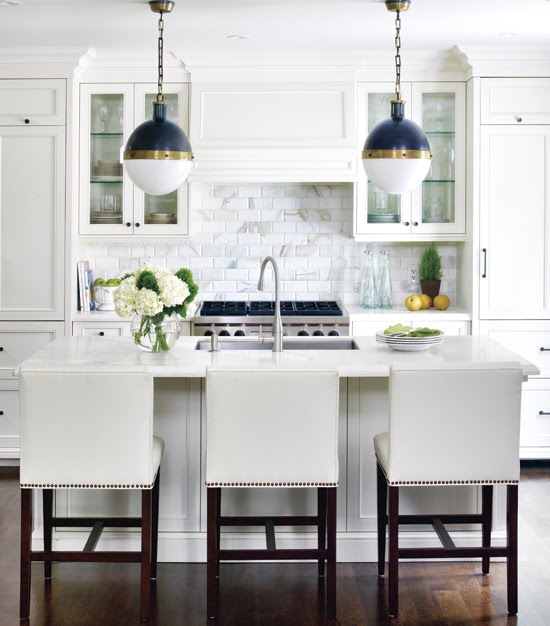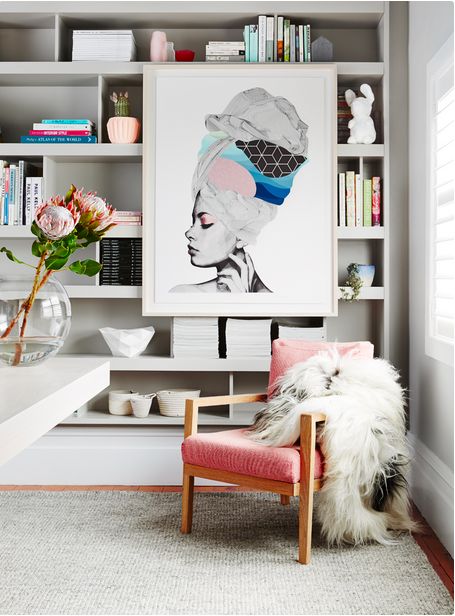[contact-form][contact-field label="Name" type="name" required="true" /][contact-field label="Email" type="email" required="true" /][contact-field label="Website" type="url" /][contact-field label="Message" type="textarea" /][/contact-form] Whether you have $1,000 or $100,000 to spend on your decorating project, it is important to learn how to budget for your design project. The number you determine as your budget will be the figure you reference to when making decisions. Decorating on a budget doesn't have to mean being cheap , it means being a savvy shopper and finding the best value for your buck.
The topic of "budget" is one of the most uncomfortable conversations to have with a client but it doesn't have to be overwhelming. It can be fun! Come up with a "wish list" of all the items that you would like to incorporate into your new space. Let's say you have an office and it is your dream to have custom built-ins. Now, let's get practical. Reflect back at your budget and consider your options. Does custom built-ins fit in the budget? Would it be more appropriate to opt for free-standing bookcases or decorative etageres? This way you are indulging but still maintaining a realistic outlook when it comes to making important decisions.
(Photo via Style Curator)
How to Budget for your Design Project
- Evaluate Finances: First, it is important to evaluate your finances. This means looking at your monthly inflows and outflows, as well as the funds you have set aside for your project. Assess your finances and determine what is the number that you can realistically spend on your project. At the end of the day, this number should be the amount that you are happy to spend on your project without feeling guilty or stressed.
- Get to Know the Cost of Items: The next step is to familiarize yourself with price tags and learn how much things cost. Is this your first time decorating or the last time you had decorating was 10 years ago? Whether it is your first time shopping or if you have past experience decorating your home, expect some sticker shock. Prices in the market place inflate over time.
- Get Quotes from Professionals: The last step to finalizing your budget is determining the jobs that you would be hiring a professional to handle. This can include hiring a decorator, contractors, electrician, plumber, painting contractors, wallpaper installers, and flooring installers. I suggest getting two or three quotes for each job so you can make an educated decision before finalizing your budget. Do you think you are handy and can handle a project by yourself? Consider DIY costs for supplies and several trips running back to the hardware store and late night spent at labor. Sometimes that pro-quote doesn't seem so bad after all!
PRO TIP: Leave yourself some financial wiggle room for mistakes and miscellaneous expenses incurred such as: Freight and Delivery Charges. These can be substantial especially for large items but even smaller items that are purchased online can add up too!

(Image via House of Jade)
Organize your Information
- Create a list of all the items and professional services that are necessary for your project
- Next to each line item, list the estimated price next to each item
- Create a second column for the cost that you actually have spent so you are aware of how this affects your bottom line
Create a Plan
Based on your list, determine the items and services that will need to occur in chronological order. What needs to be ordered first? What needs to happen before the furniture arrives? When should you hire your painter? etc.
Based on your finances, if you aren't able to purchase everything right away; spread out the expense by making it a long term plan and implementing your design in phases as time and money allows. Phasing a project is the best way to go if you have high standards but not as much money. Working in phases is also good so at least your whole house isn't *under construction* or *in progress*. By doing one room at a time, this allows you to spend time in other parts of the house during a project.
Want more design tips and inspiration?
- Follow me on Instagram! @byamadesigns
- Sign up for my VIP List and receive inspiration each month

